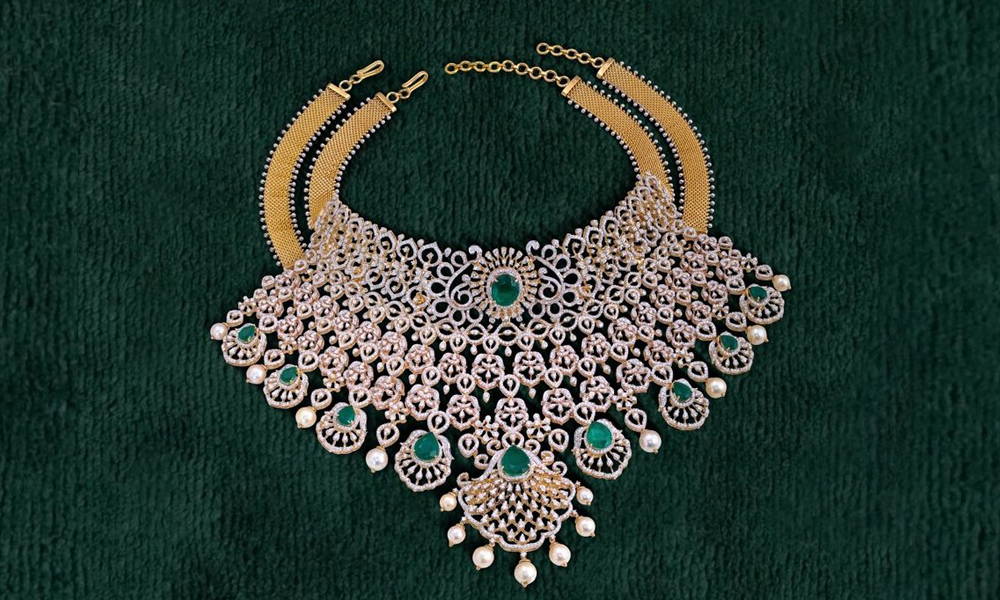So, here’s a question. If someone handed you a sparkling ring and told you it wasn’t a “real” diamond, would you even know? Let’s be honest—most of us wouldn’t. The world of jewellery has shifted so much in the last few years that what used to be an obvious choice—natural diamonds—isn’t always the go-to anymore. Now, people are talking about diamond vs moissanites and even lab created diamonds like they’re the new normal.
And maybe they are.
When Jewellery Tells a Story
Think about it: when was the last time a piece of jewellery truly surprised you? Not because it was huge or flashy, but because it carried a story. That’s where this whole conversation about diamonds and moissanites actually starts.
Diamonds have history. They’ve been marketed as the ultimate symbol of forever love. You’ve probably heard the old slogan, “A diamond is forever.” That wasn’t just clever advertising—it actually rewired the way people think about engagements. But here’s the catch. Diamonds (the mined ones, anyway) often come with baggage. Mining controversies. Environmental concerns. Price tags that make your wallet cry.
Now enter moissanite. A gem that literally came from the stars—seriously, it was first discovered in a meteor crater. Pretty cosmic, right? Today, it’s lab grown, just like many new diamonds. And moissanite brings this alternative vibe: super sparkly, durable, but way more affordable.
So the debate isn’t just about science. It’s about meaning. Do you want tradition, or do you want to reinvent tradition?
What’s Trending: Choices on the Table
Let’s run through the big three options people are actually picking right now:
-
Natural Diamonds
- The classic. The one your grandparents probably had.
- Beautiful, timeless, but often pricey and controversial.
-
Lab Created Diamonds
- Grown in a lab, but chemically identical to mined diamonds.
- They look the same, test the same, and shine the same.
- Bonus: they’re usually 30–40% cheaper.
-
Moissanites
- They’re not diamonds, but they shine brighter in some lights.
- Extremely durable (second only to diamonds on hardness).
- Way, way more affordable.
Now, here’s where it gets interesting. If you put a diamond and a moissanite side by side, the average person won’t be able to tell the difference. The sparkle is slightly different—moissanite throws rainbow flashes, while diamonds give a steadier shimmer. But unless you’re a jeweller with a loupe, you probably wouldn’t notice.
And yet… perception is everything. For some, moissanite feels like a “cheaper” choice, even if it’s gorgeous. Others love that it’s budget-friendly and guilt-free. Then there are lab created diamonds, which hit the sweet spot: still “real” diamonds, but with modern ethics and lower prices.
Why Here, Why Now
You might be wondering: why is this such a big conversation now? Well, a couple of reasons.
First, people are way more conscious about where their stuff comes from. The food we eat, the clothes we wear, and yes—the jewellery we buy. Nobody wants to feel like their engagement ring is tied to questionable mining practices.
Second, trends shift fast. Just like vintage clothing made a comeback, alternative gems are having their moment. Instagram and TikTok are full of brides showing off moissanite or lab diamond rings that look like a million bucks—without actually costing a million bucks.
And honestly, that’s part of the charm. It feels modern. Smart. Almost rebellious, in a good way. Choosing a moissanite or a lab diamond isn’t about settling—it’s about making a statement.
How It Works (Without the Jargon)
Okay, so how do these stones actually happen? Let’s keep it simple.
- Natural Diamonds: Formed deep underground over billions of years. Dug out through mining. That’s why they’re rare (and expensive).
- Lab Created Diamonds: Scientists mimic the earth’s natural process in a lab. High pressure, high temperature, or a fancy method called CVD (chemical vapor deposition). End result? A diamond that’s identical to a mined one, just born in a lab instead of underground.
- Moissanites: Originally from space dust, but now grown in labs. The process is slightly different from diamonds, but the outcome is still a durable, sparkling gem.
The best part? No one has to dig up half the planet to make it happen. Which, let’s be real, is a pretty big deal.
Wrapping It Up
At the end of the day, the whole diamond vs moissanites debate isn’t really about right or wrong. It’s about choice. If tradition matters to you, maybe you’ll lean toward a natural diamond. If you want all the sparkle with fewer strings attached, lab created diamonds might be your match. And if you’re all about budget-friendly brilliance with a side of cosmic cool, moissanite could be your winner.









